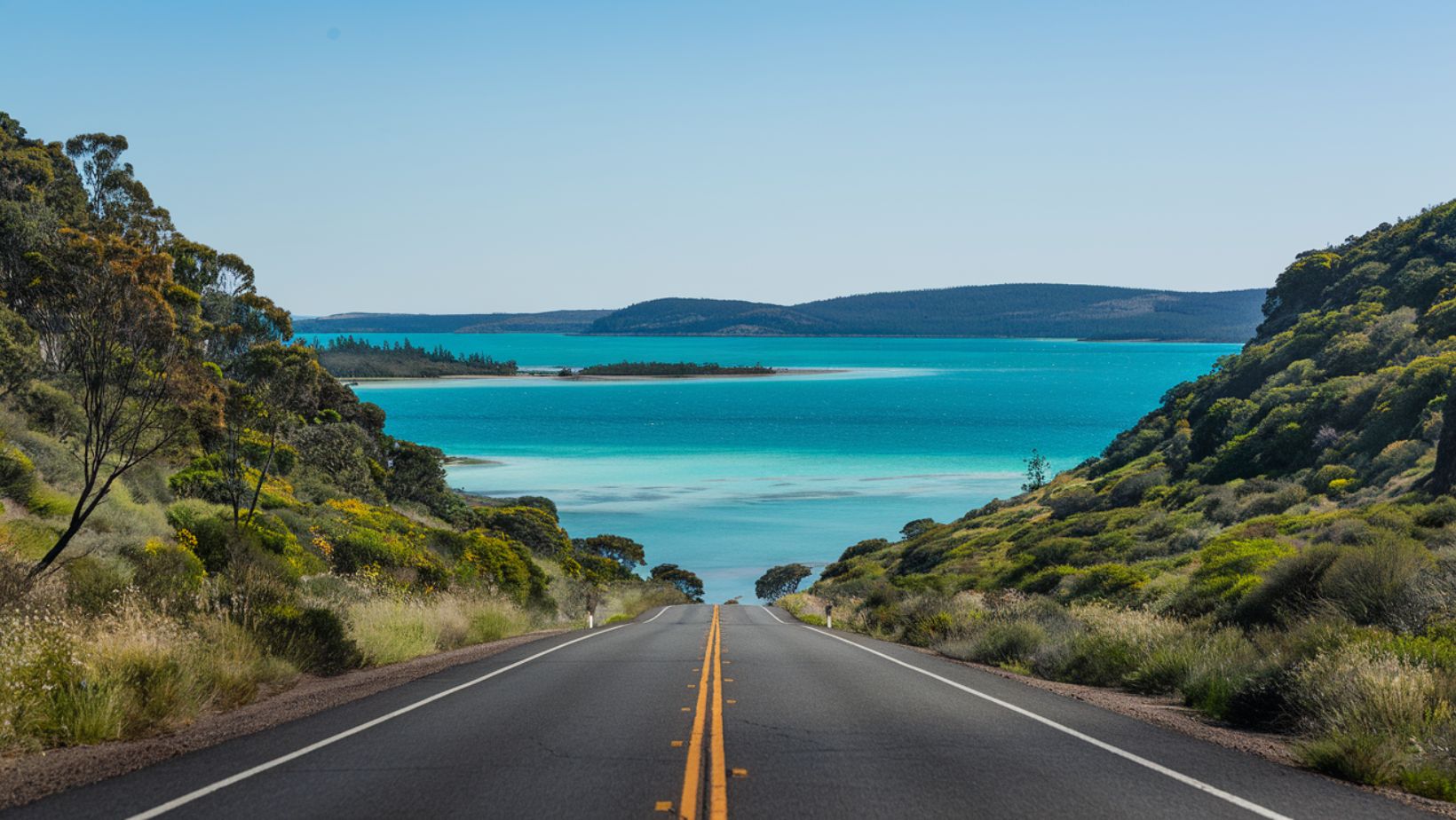What secrets lie hidden beneath the endless waves of red sand in Australia’s most mysterious desert? How do ancient Aboriginal songlines weave through this harsh yet mesmerizing landscape? What draws the most intrepid explorers to attempt a crossing that less than 1,000 people complete each year? In this vast wilderness where the horizon meets the sky in an infinite embrace, the Simpson Desert holds treasures that few will ever witness.
The Simpson Desert Stands as Australias Most Challenging Yet Rewarding Adventure
Spanning over 176,500 square kilometers across three states, the Simpson Desert represents the ultimate test of preparedness and self-reliance. Much like the remote canyons of Limmen, this harsh environment demands respect and thorough planning.
The desert’s most distinctive feature is its more than 1,100 parallel sand dunes, some reaching heights of 40 meters, which stretch like crimson waves toward the horizon. These ancient formations, shaped by prevailing winds over millions of years, create one of Earth’s most spectacular natural phenomena.
Essential Preparation Makes the Difference Between Success and Failure
Crossing the Simpson Desert requires meticulous planning and specialized equipment. Visitors must carry sufficient fuel for 1,000 kilometers of off-road driving, at least 10 liters of water per person per day, and emergency communications equipment.
Similar to the preparation needed for other challenging desert adventures, travelers must be entirely self-sufficient. The best time to attempt a crossing is between May and August, when daytime temperatures are more moderate. Outside these months, temperatures can soar above 50°C, making travel not just challenging but potentially lethal.
Natural Wonders Reward Those Who Venture Into the Unknown
Despite its harsh reputation, the Simpson Desert harbors extraordinary natural wonders. The desert’s heart contains unexpected oases, including the famous Dalhousie Springs, where thermal waters provide a surreal swimming experience in the midst of the arid landscape.
Wildlife enthusiasts can spot unique desert-adapted species, including the small but resilient thorny devil and various species of native birds. Just as Australia’s remote islands showcase unique ecosystems, the Simpson Desert presents a remarkable collection of species that have adapted to extreme conditions.
Aboriginal Heritage Adds Deep Cultural Significance to the Journey
The Simpson Desert isn’t just a natural wonder; it’s a place of profound cultural significance. Aboriginal peoples have traversed these lands for thousands of years, establishing intricate networks of trading routes and songlines. The desert contains numerous significant sites, including ancient stone arrangements and ceremonial grounds. Traditional owners maintain deep connections to this country, and their knowledge continues to guide modern exploration of the region.
Modern Technology Meets Ancient Wilderness in Todays Desert Crossing
While the essence of the Simpson Desert remains unchanged, modern technology has made crossings safer and more accessible. GPS navigation, satellite phones, and emergency beacons have become essential tools for contemporary explorers. However, these advances haven’t diminished the challenge or the sense of achievement that comes with completing a crossing. The desert still demands respect, skill, and thorough preparation from all who venture into its depths.
